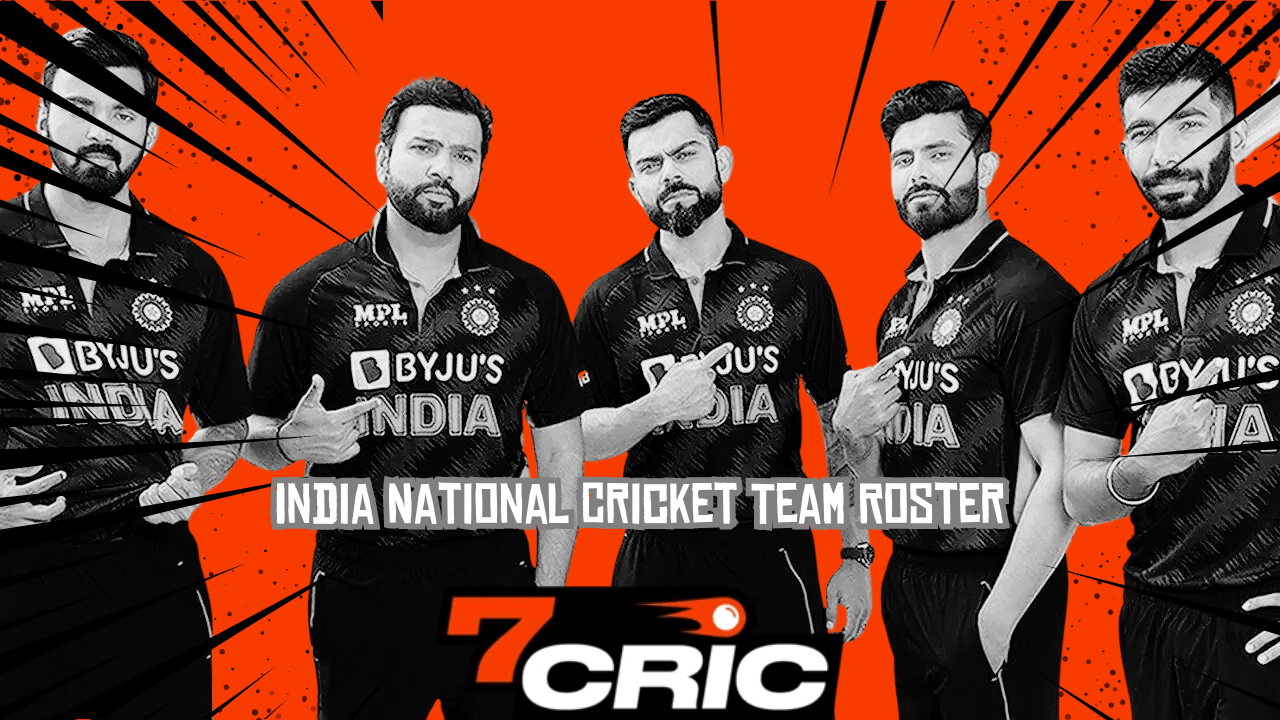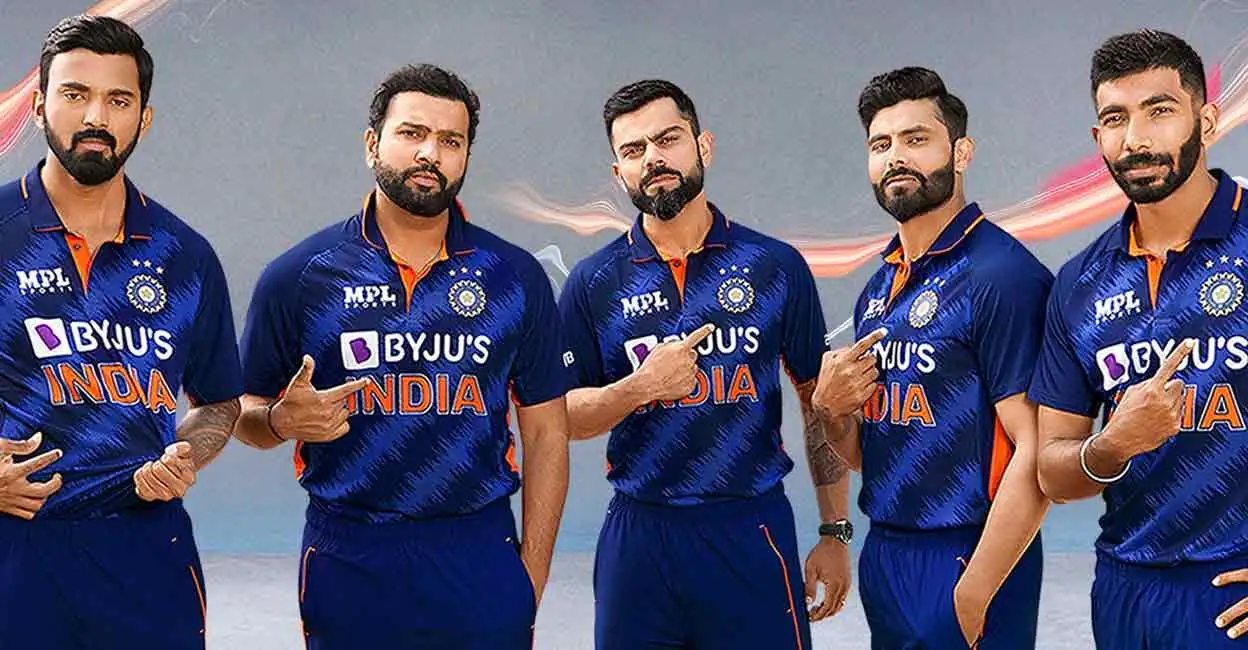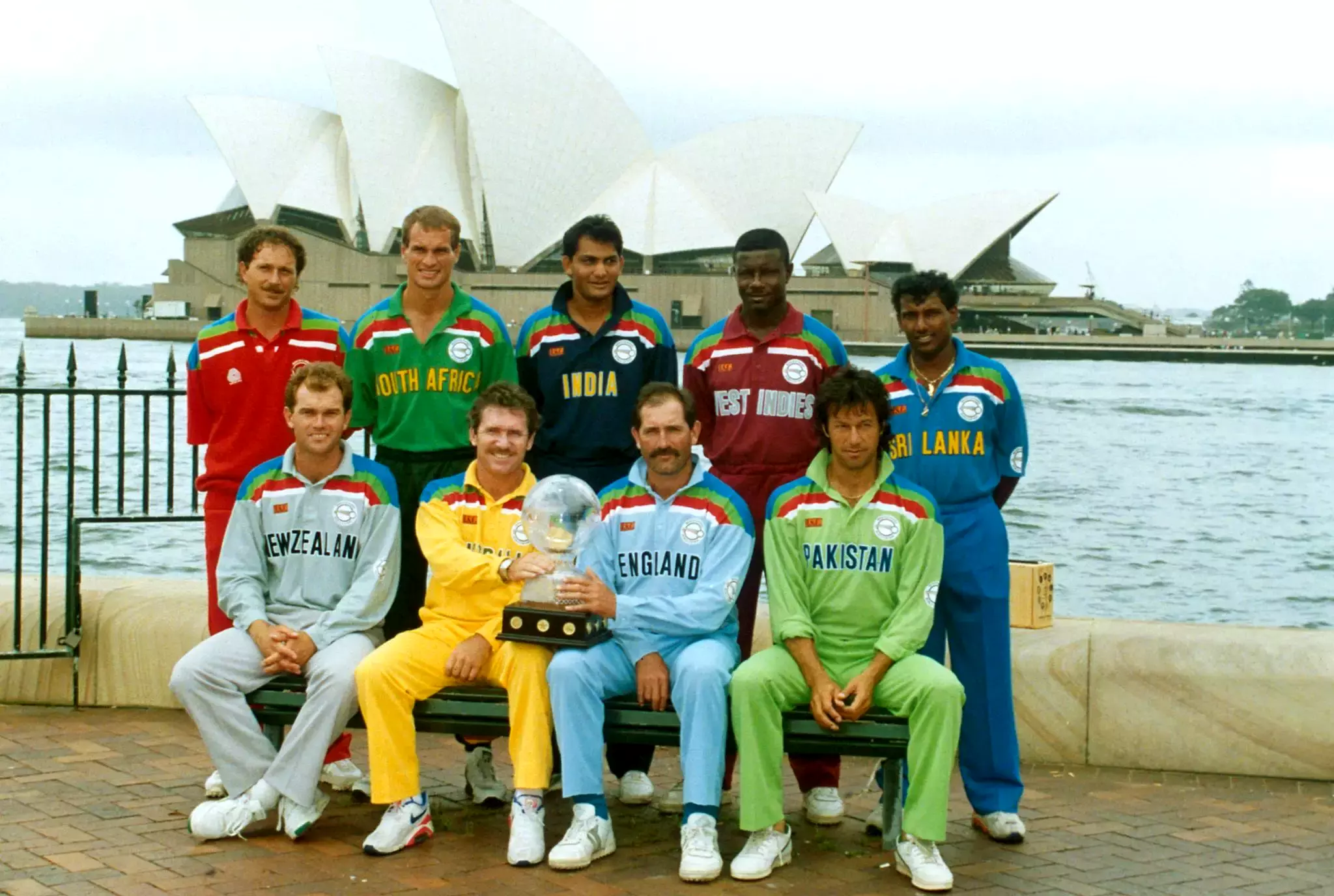In the realm of cricket, a hat-trick is a rare and commendable feat that has captivated audiences for decades. This impressive milestone occurs when a bowler successfully dismisses three consecutive batsmen with each delivery in an over.
The phenomenon of achieving a hat-trick not only showcases the skill and precision of the bowler but also holds great significance in the history of the sport.
Key Takeaways
- A hat-trick in cricket is when a bowler takes three wickets on consecutive deliveries.
- Hat-tricks are celebrated with applause and cheering from players and spectators.
- They are considered major achievements for bowlers and contribute to the historical records of the sport.
- Hat-tricks can change the course of a match by breaking partnerships or creating panic among batsmen.
In this article, we will delve into the definition, historical context, notable occurrences, and techniques associated with achieving a hat-trick in cricket.
What Is Hat-Trick In Cricket?
In cricket, a “hat-trick” refers to a bowler taking three wickets with consecutive deliveries in a single match.
It doesn’t necessarily have to be in the same over, but there should be no intervening deliveries between the wickets.
Achieving a hat-trick is a rare and significant accomplishment for a bowler, given the challenge of dismissing three batsmen in a row.
Here are some key points about hat-tricks in cricket:
- Across Innings or Matches: A hat-trick can span across two innings of a Test match or even two separate matches in some formats, as long as the three wickets are taken with consecutive deliveries by the same bowler.
- Multiple Hat-tricks: Some bowlers have achieved the feat of taking hat-tricks more than once in their careers.
- Variations:
- Double Hat-trick: Refers to a bowler taking four wickets in four consecutive deliveries.
- Test, ODI, T20I Hat-tricks: Achieving a hat-trick in each format of the game (Test, ODI, and T20I) is a rare feat and has been achieved by only a few bowlers.
- Fielding Hat-trick: While the term “hat-trick” is primarily associated with a bowler’s achievement, it can also colloquially refer to a fielder taking three catches on consecutive deliveries, though this is much less common.
- Origin: The term “hat-trick” is believed to have originated from the practice of the bowler being awarded a hat or some other form of recognition for taking three wickets with consecutive balls.
Achieving a hat-trick often turns the momentum of a match and is a moment of celebration for the bowler and their team. It remains one of the most exciting occurrences in a cricket match.
The Definition and Significance of a Hat-Trick in Cricket
A hat-trick in cricket is defined as when a bowler takes three wickets on consecutive deliveries, which holds significant importance within the sport.
This achievement is celebrated by both the players and spectators alike, often with enthusiastic applause or cheering.
Hat trick celebrations in cricket vary across different cultures and teams. Some players may raise their arms in triumph, while others might perform elaborate gestures to acknowledge their achievement.
These celebrations add an element of excitement and entertainment to the game.
Hat tricks are not only a cause for celebration but also hold great significance in terms of records and milestones in cricket.
They are considered remarkable feats and are recognized as major achievements for bowlers. Many cricketers strive to achieve a hat trick during their careers, as it highlights their exceptional bowling skills and ability to outsmart batsmen consistently.
Hat tricks also contribute to the historical records of the sport. They serve as memorable moments that are etched into cricketing history books, showcasing the skill and talent of individual players.
Additionally, they provide fans with fascinating statistics that can be analyzed and compared across different eras.
Transition: With an understanding of the definition, significance, celebrations, records, and milestones associated with hat tricks in cricket established, it is now important to delve into the history of these remarkable achievements within the sport without skipping any crucial steps along the way.
The History of Hat-Tricks in Cricket
In the historical development of this feat in the sport, early instances of a player achieving three consecutive dismissals were recorded as far back as the 19th century.
Over time, hat-tricks in cricket have evolved significantly, with players employing various strategies and techniques to achieve this remarkable feat.
The evolution of hat tricks in cricket can be attributed to several factors such as changes in rules, advancements in equipment, and improvements in player skills.
To understand the impact of hat tricks on the game, it is important to analyze their frequency and distribution over time.
The table below provides a glimpse into the history of hat-tricks in international cricket:
| Decade | Number of Hat-Tricks |
|---|---|
| 1800s | 4 |
| 1900s | 15 |
| 2000s | 43 |
| 2010s | 56 |
From this table, we can observe that there has been a significant increase in the number of hat-tricks achieved over the years.
This can be attributed to various factors such as improved training methods, better understanding of opposition tactics, and increased competitiveness among players.
The impact of hat-tricks on the game extends beyond individual achievements. A hat-trick not only boosts a bowler’s confidence but also demoralizes the batting side and shifts momentum towards the bowling team.
It can change the course of a match by breaking vital partnerships or creating panic among batsmen.
Famous Hat-Tricks in Cricket History
Notable instances of achieving three consecutive dismissals in the sport have left an indelible mark in cricket history.
Memorable hat tricks in international cricket have not only showcased exceptional individual performances but also impacted the careers of the players involved.
These hat tricks have become legendary moments, etched in the minds of cricket fans worldwide.
Here are four examples that stand out:
- Wasim Akram (Pakistan) achieved a hat trick against West Indies during the 1990-91 series, becoming the first player to achieve this feat in both Test and One-Day International matches.
- Lasith Malinga (Sri Lanka) took four wickets in four balls against South Africa during the 2007 World Cup, cementing his reputation as a fearsome fast bowler.
- Peter Siddle (Australia) claimed a memorable Ashes hat trick against England in 2010, which propelled him into Australian cricket folklore.
- Jasprit Bumrah (India) secured a hat trick against West Indies during the 2019 series, solidifying his position as one of India’s premier fast bowlers.
These hat tricks not only brought immediate glory to these players but also had long-lasting effects on their careers.
They boosted their confidence, enhanced their reputations as match-winners, and contributed significantly to their overall success.
The impact of such exceptional performances cannot be understated.
Transition: Understanding how these memorable hat tricks were achieved requires an examination of strategies and techniques employed by cricketers on the field.
Strategies and Techniques for Achieving a Hat-Trick in Cricket
Strategies and techniques employed by cricketers to achieve a sequence of three consecutive dismissals require careful planning and execution.
A hat-trick in cricket is when a bowler takes three wickets on consecutive deliveries, becoming an exceptional feat that showcases skill, precision, and control.
To accomplish this rare achievement, cricketers employ various strategies and techniques.
Table: Strategies and Techniques for Achieving a Hat-Trick in Cricket
| Strategy/Technique | Description |
|---|---|
| Bowling variations | Bowlers use different types of deliveries such as yorkers, slower balls, or bouncers to surprise the batsmen and increase the chances of taking wickets. |
| Setting up the batsman | By analyzing the batsman’s weaknesses or patterns, bowlers can set traps by luring them into playing shots that result in wickets. |
| Field placements | Captains strategically position fielders based on the strengths of the bowler and weaknesses of the batsman to create opportunities for catches or run-outs. |
| Mental pressure | Bowlers try to exert mental pressure on the batsmen through consistent line and length bowling, aggressive body language, or verbal tactics aimed at unsettling them. |
| Team coordination | The entire team must work together cohesively with clear communication to execute plans effectively and provide support to bowlers before, during, and after each delivery. |
These strategies involve a combination of technical skills, tactical understanding of the game, psychological warfare against opponents’ confidence levels while maintaining discipline over their own emotions.
Successful implementation requires experience, expertise in reading conditions accurately, awareness of player strengths/weaknesses within both teams involved (batsmen/bowlers), adaptability under changing circumstances like weather conditions or pitch behavior – all contributing factors towards achieving a hat-trick efficiently.
Frequently Asked Questions: Hat-Trick in Cricket Questions Answered
What is the origin of the term "hat-trick" in cricket?
The origin of the term 'hat-trick' in cricket is uncertain, but it is believed to have originated in the 19th century. The significance of a hat-trick lies in its rarity and achievement of taking three wickets in consecutive deliveries by a bowler.
How many hat-tricks have been recorded in international cricket?
There have been numerous hat-tricks recorded in international cricket, including in women's cricket and T20 internationals. The frequency of such achievements highlights the exceptional skill and talent possessed by certain players.
Can a hat-trick be achieved in limited-overs cricket formats?
Achieving a hat-trick in limited-overs cricket is challenging due to the shorter duration of the game. Strategies such as careful batting, rotating strike, and playing defensively can be employed to break a potential hat-trick by bowlers.
Are there any specific bowling techniques that increase the chances of achieving a hat-trick?
Bowling strategies play a crucial role in increasing the chances of achieving a hat-trick in cricket. Various techniques, such as varying pace, swing, and spin, can be employed. Famous hat tricks have been achieved through a combination of skillful bowling and strategic planning.
Who holds the record for the most hat-tricks in cricket history?
The top hat trick performers in cricket history include Lasith Malinga, Wasim Akram, and Chaminda Vaas. One of the most memorable hat tricks was achieved by Lasith Malinga during the 2007 World Cup.











